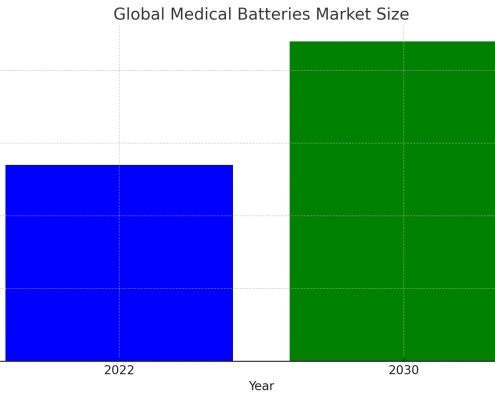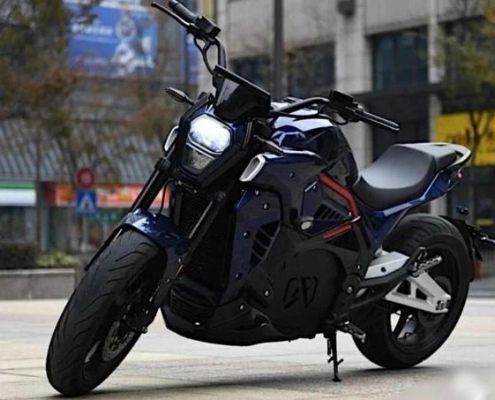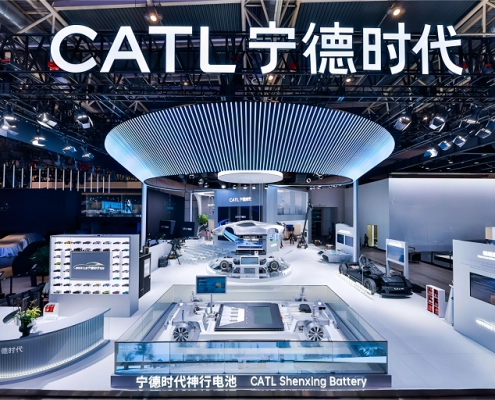Medical Batteries Market Growth in 2024
Table of Contents
As the global population ages and chronic diseases like diabetes and cardiovascular conditions become more common, the need for reliable medical batteries is rising. This increasing demand is a key driver of growth in the medical batteries market. According to data from CMI, the market was valued at $2.7 billion in 2022 and is projected to surpass $4.4 billion by 2030, with a compound annual growth rate (CAGR) of 6.4%.
Medical Batteries Market: Growth Driven by Aging Population and Chronic Diseases
As the global population ages and the number of people with chronic diseases, like diabetes and cardiovascular conditions, continues to rise, the demand for medical batteries is increasing. This trend is a major factor driving the growth of the medical batteries market.
In June 2021, the World Health Organization (WHO) reported that in 2019, 17 million people under the age of 70 died prematurely from non-communicable diseases, with 38% of these deaths caused by cardiovascular diseases. An estimated 17.9 million people died from cardiovascular diseases in 2019, accounting for 32% of global deaths. In the United States, approximately 18.2 million adults aged 20 and older have coronary artery disease (CAD), which is about 6.7% of the population.
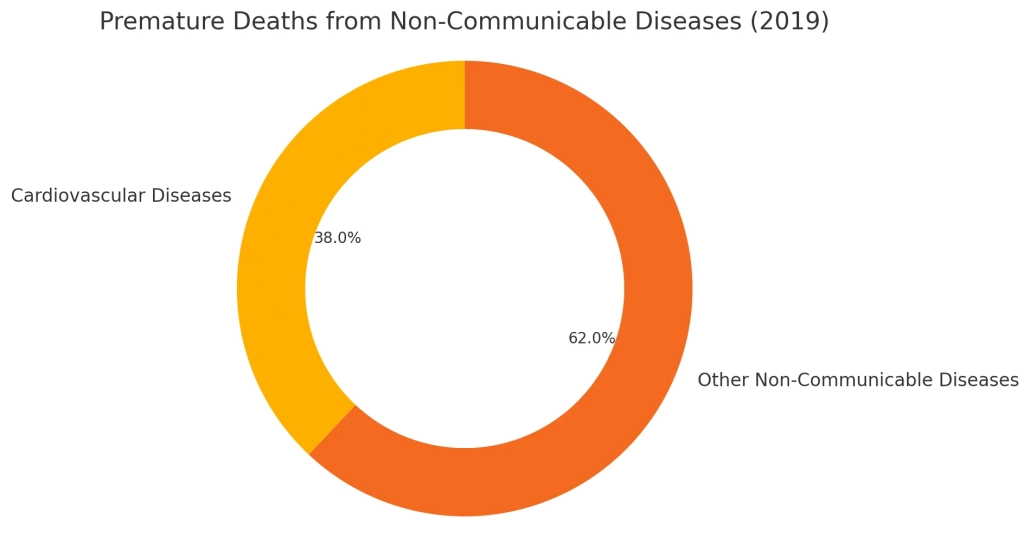
According to CMI data, the global medical batteries market was valued at around $2.7 billion in 2022 (approximately 19.3 billion RMB). By 2030, this market is expected to exceed $4.4 billion, with a compound annual growth rate (CAGR) of 6.4%.
However, the high technical barriers have somewhat limited the development of this market. Lithium-ion batteries, which are commonly used in medical devices such as hearing aids, pacemakers, and other life-sustaining equipment, have specific requirements for electrode materials. These include longer battery life, higher conductivity, better durability, and excellent resistance to extreme temperatures and radiation.
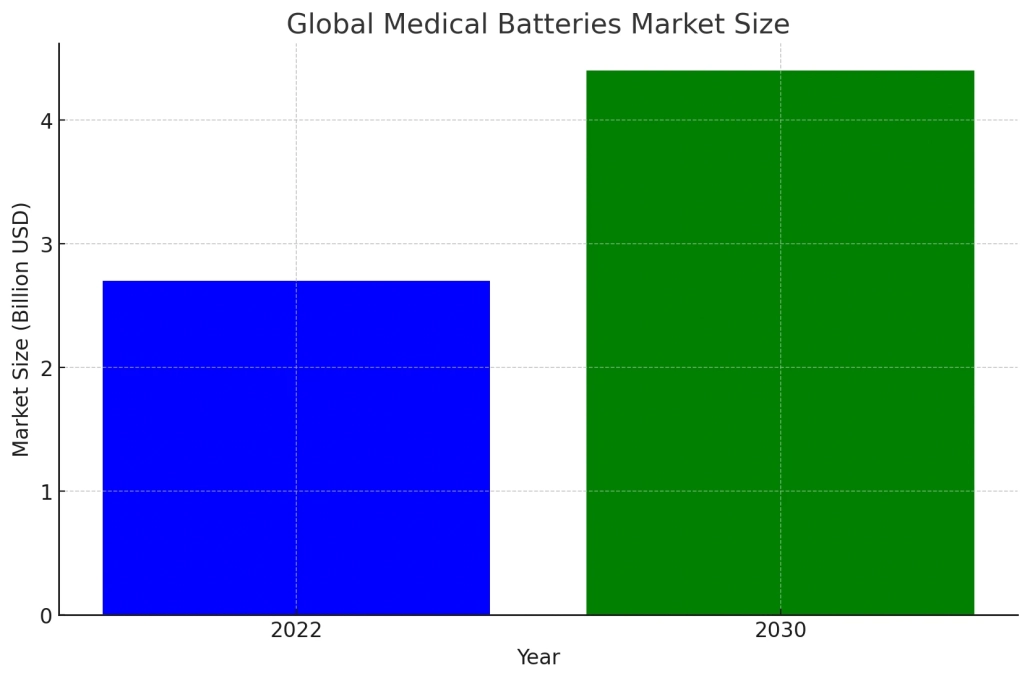
In the past, due to high development costs, long cycles, and slow returns, the domestic market for implantable medical devices and supporting medical batteries was nearly non-existent, with foreign brands dominating for a long time.
In 2023, EVE Energy, a leading lithium battery company with a market value exceeding 100 billion RMB, announced the establishment of a medical battery division. This division aims to set standards for medical batteries and achieve independent research and production of domestic medical batteries. EVE Energy also released seven major medical battery solutions for both internal and external applications, supporting the development of the medical health industry.
7 Major Medical Batteries Solutions
A well-known Chinese lithium battery manufacturer has developed 7 major medical batteries solutions to meet different needs for both external and internal applications. These solutions include batteries for AEDs (automated external defibrillators), ventilators, glucose meters, capsule endoscopes, brain pacemakers, rechargeable nerve stimulators, and more.
AED Defibrillator Battery
The first product, the “AED Defibrillator Battery,” supports high current instant output and has a standby time of up to 5 years. This battery has been validated in the market with over 50 million units.
Ventilator Battery
The second product is the “Ventilator Battery,” a high-performance lithium-ion battery (18650) that supports a 10C high discharge rate. It is widely used in tools, two-wheelers, cleaning equipment, and medical devices. In ventilators, it ensures continuous oxygen supply, safeguarding lives.
Continuous Glucose Monitor Battery
The third product is the “Continuous Glucose Monitor Battery.” This battery is small, high-capacity, and high-pulse, providing better glucose management and precise real-time monitoring for patients.
Capsule Endoscope Battery
For internal applications, there are four major solutions. The “Capsule Endoscope Battery” is only 7 millimeters in diameter, making it the smallest gastric endoscope battery globally. It has a maximum energy density of 400Wh/L and can last 10-15 hours.
Brain Pacemaker Battery
The second internal application is the “Brain Pacemaker Battery,” which has an ultra-high energy density of 750Wh/L and a lifespan of over 5 years. It has been used in treating Parkinson’s disease for more than 10 years with over 1,000 clinical applications.
Ultra-Thin Rechargeable Nerve Stimulator Battery
The third product is the “Ultra-Thin Rechargeable Nerve Stimulator Battery,” which can be wirelessly charged and has a lifespan of over 10 years. Made with special beryllium alloy, it is only 3.2cm³ in size and 5 millimeters thick, aimed at helping patients with depression and addiction.
Micro Implantable Battery
The fourth internal product is the “Micro Implantable Battery,” the size of a rice grain with a diameter of only 3 millimeters. It can tag fish as small as 5.8 centimeters and track their migration over months to protect endangered species.
Medical Batteries Market Growth
According to CMI data, the global medical batteries market was valued at approximately $2.7 billion in 2022. By 2030, this market is expected to exceed $4.4 billion, with a compound annual growth rate (CAGR) of 6.4%.
Conclusion
The development of advanced medical batteries is crucial for supporting a wide range of medical devices, from AEDs and ventilators to glucose monitors and brain pacemakers. Companies like EVE Energy are leading the way by creating innovative solutions that meet the high standards required for medical applications. As technology advances and the demand for medical equipment grows, the medical batteries market is set to expand significantly, ensuring better health outcomes for patients worldwide.

